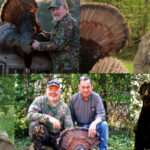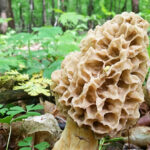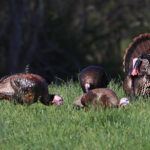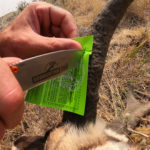The early season, pre-rut, and rut are gone for most of the country. Sure, it’s yet to occur in numerous places throughout the South. But even there, the late season looms. For those still with tags, here are 25 proven late season deer hunting tips.
- Focus on Key Bedding Areas
Deer choose different bedding areas based on seasonal needs. During the late season, that’s usually solar (south-facing slopes) and thermal (dense stands of coniferous trees) bedding areas.
- Hunt Over Hot Food Sources
Food sources are seasonal, too. Finding these that deer are now targeting is a crucial and perhaps most important step in locating a late season target. Standing ag fields, waste grain, key food plots, hard mast, grasses, forbs, and natural browse all play big roles.
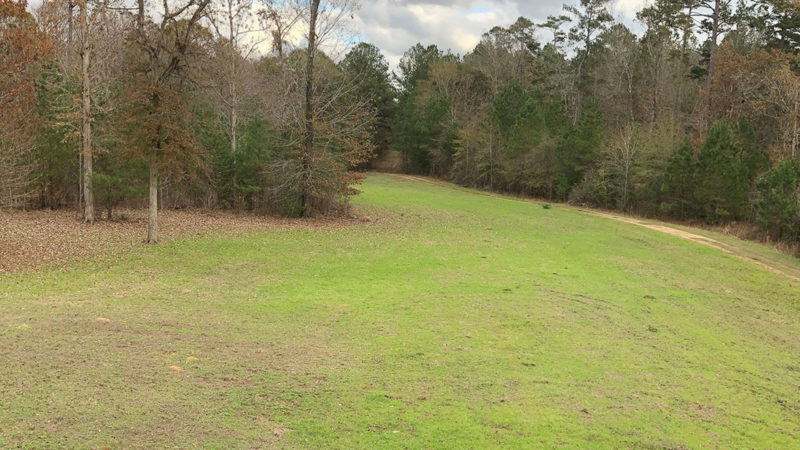
- Know How to Pick Food Sources
Just because you find a good food source doesn’t mean it’s the right pick. Perhaps the deer are using something better. Maybe that food source hasn’t peaked just yet. It might even be great, but there aren’t suitable access routes to get in and out cleanly. Hunt the food sources that check the right boxes.
- Find the Red Oak Acorns
One of the most important late season food sources is the mighty red oak. These start dropping early to mid-fall. But deer leave these largely untouched until other, better food sources are gone. This is due to the higher levels of tannin (tannic acid) in red oak acorns. They are more bitter, and deer wait until better options are depleted before targeting these.
- Hunt Secluded Water
Water isn’t a good play in areas with abundant water sources. But those with isolated water sources work just fine. These can be go-to spots to tag late-season deer.
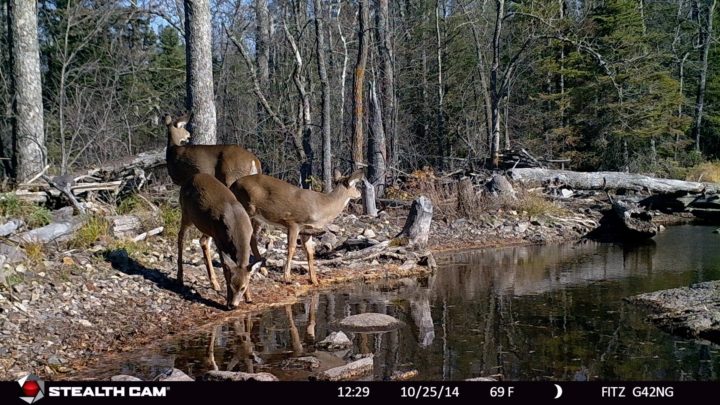
- Find Unpressured Deer
Those who hope to find late season bucks must find unpressured deer herds. At least, they should pinpoint spots that weren’t hunted quite as hard as others.
- Use Creative Entry and Exit Routes
It’s much easier to spook deer during the late season. They’re warier, cover is more limited, and they don’t tolerate as much. This makes using creative entry and exit routes a must.
- Cut Down the Travel Distance
Deer move less during the late season than they did during the rut. Don’t expect a deer to march a mile in daylight during the afternoon. Set up as close to daytime beds as possible without spooking deer.
- Wear the Right Clothes
During the late season, it can be warm to bitter cold. Keep a close eye on the temps and wear the right amount of clothing to protect against the elements.
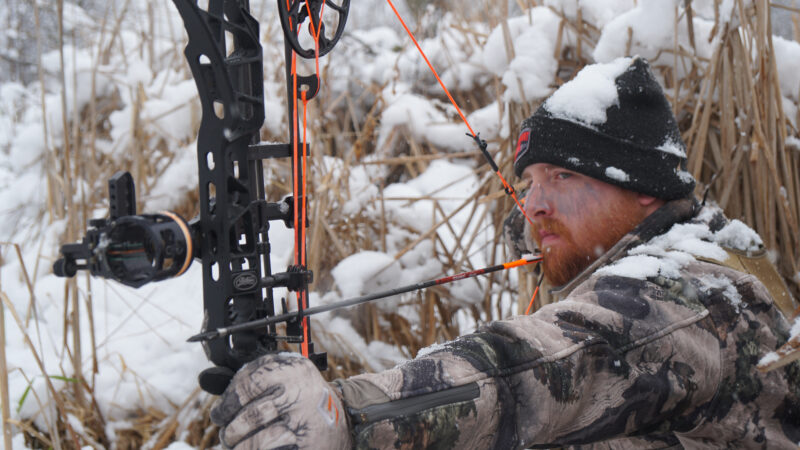
- Hunt at the Right Time
The late season is all about striking at the right time. Timing that hunt when deer, or a specific target buck, is most likely to move is part of the game.
- Hunt the Frigid Days
I know some research suggests that temperature and weather don’t encourage or discourage deer to move. But it’s wrong. Deer move more on colder days. End of discussion.
- Be Really Still and Quiet
Whitetails have poor vision from a human standpoint. It isn’t crisp and clear like ours. But they can spot movement much better than we can. And with waning cover in the woods, it’s getting easier for them to see movement. Be still. Be quiet.
- Call and Decoy
Just because the rut is over doesn’t mean calling and decoying can’t work. If nothing else, and if visible from afar, it might give deer the courage to break cover a little earlier during daylight hours.
- Follow a Buck’s Tracks
A good set of late season buck tracks can lead you straight to a buck’s bedroom. With a moderate snow on the ground, it can be even easier. Done right, it can be a deadly tactic.
- Still-Hunt Through Cover
Still-hunting through or along bedding cover can create shot opportunities. It’s much more difficult with bow in hand, but it’s still possible.
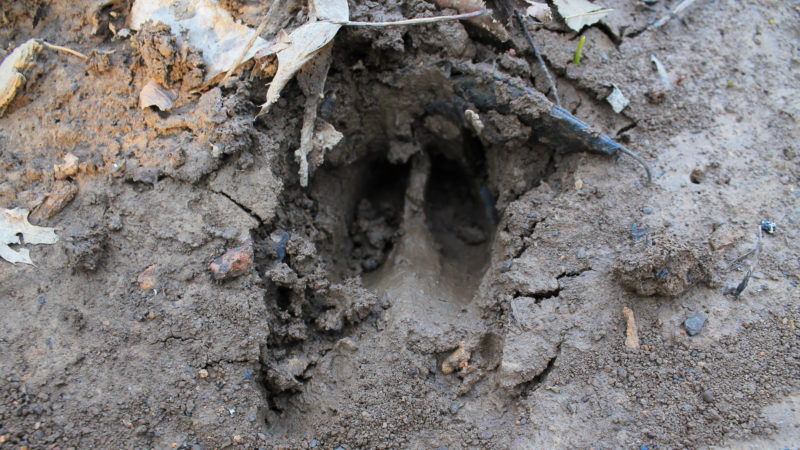
- Deploy a Deer Drive
Deer drives with bows? Why not. We aren’t pushing deer across fields. And we aren’t pushing them quickly. But soft bumps through tight habitat or topographical pinch points can create decent archery opportunities, especially if other tactics aren’t looking viable.
- Hunt from the Ground
Bowhunting from the ground is becoming more popular. Doing so is an excellent way to catch a deer off guard that’s used to being pursued from above.
- Focus on Snow Days
Snow is usually a big trigger for late-season whitetails. When 4-8 or so inches hit, deer head straight to known, reliable food sources. This level of snow makes foraging more difficult. It becomes all about finding the easiest food. Of course, if 12, 15, or more inches pile on, deer sometimes don’t move at all for extended periods.
- Hunt the Temperature Drops
A sudden cold snap after days of warm weather is ideal for catching deer on their feet. It can spur them to get up and move when they otherwise wouldn’t feed until slightly later in the day. Focus on carb-based food sources, such as grains or hard mast.
- Hunt the Temperature Increases
Don’t ignore sudden warmups after long stints with cold weather. This can spark deer movement, too. Hunt those temperature increases. Focus on green-based food sources, such as brassicas or clover.
- Forget Mornings
Most people pass up on morning hunts in favor of afternoon sits. This is due to cleaner access into stand locations that don’t spook deer. In contrast, it’s more difficult to get into a good morning spot without alerting deer. In some cases, it’s downright impossible to get in without deer blowing.
- Or Don’t
That said, with good access and the right property layout, a morning hunt might just be possible. If that’s true, and you’ve got a morning pattern on a target deer, ignore the previous point. Go hunt.
- Deploy More Cams
Finding a nice buck that isn’t dead or shot up can be a challenge during the late season. Oftentimes, finding one requires casting a big net with the cams. Consider deploying more to find a suitable target animal.
- Pull All the Cams
Tired of seeing nothing but slick heads and spikes? Pull all the cams. Just go hunt. Sometimes, the late season proves too difficult to find a mature buck. But you can still enjoy the hunt. You can still fill a tag.
- Get Aggressive
If you have plenty of time before the end of season; or there aren’t many hunters chasing “your” deer; or if that buck isn’t likely to shed soon, consider being more reserved. But if you’re up against the clock, get aggressive. Make your move.

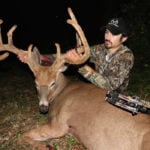 By
By 